Plex: 7 February 2024
Creating Safe Conversations at Cape Cod Institute; Neighborhood Economics Course at 12 Baskets; Books and NeoBooks; Doug Engelbart’s 100th year; Portrait of a First Truck; Flowers and Balloons; Meeting my death

The Biweekly Plex Dispatch is an inter-community newspaper published by Collective Sense Commons on first and third Wednesdays of each month. Price per issue: 1 USD, or your choice of amount (even zero).
In This Issue
- Creating Safe Conversations at Cape Cod Institute (Stewart Levine)
- Neighborhood Economics Course at 12 Baskets (Kevin Jones)
- Books and NeoBooks (Peter Kaminski)
- Doug Engelbart’s 100th year (Peter Kaminski)
- Portrait of a First Truck (Todd Hoskins)
- Flowers and Balloons (Ken Homer)
- Meeting my death – 1994 (Ken Homer)
Creating Safe Conversations at Cape Cod Institute
by Stewart Levine
Hello Friends…
I’m looking forward to teaching at the Cape Cod Institute this summer. It’s a wonderful opportunity for both faculty and attendees. A week at the Cape, three hours of learning each morning and lots of time to get your feet in the sand and reflect about the state of the planet and your personal cosmology. It’s an opportunity to bring your family and hang out with them for a week. So please click through and look at the details of what I’ll be covering:
- Creating safe conversations at work, at home, and in your community
- High Performance Collaboration with Stewart Levine
I’ll be focusing on working effectively with others – how to build powerful relationships and sustainable collaborations. How to begin and how to maintain consistent progress toward an agreed and measurable shared vision.
Please pass this along to friends and colleagues and be in touch if you have questions. It would be great to share some lobster!
charles blass
Neighborhood Economics Course at 12 Baskets
by Kevin Jones
We’ve secured a partnership with the local Asheville Poverty Initiative to teach an 11-session Neighborhood Economics course at 12 Baskets Café , the homeless feeding and day gathering place they run.
I’ll be teaching it with my daughter BJ as the facilitator, handler of social side stuff and interactivity. I’m the subject matter expert, or bring the experts or the people with the need, or whatever. Got it all mapped out.
Now we have a time and place, and we start in like six weeks. Couple weeks after the Neighborhood Economic Conference in San Antonio, February 26-28.
The group I’ve been working with on rights of nature will be one of the first, if not the first, class.
We have 17 people going from Asheville to San Antonio. And we are hosting a dinner here on the 19th.
charles blass
Books and NeoBooks
by Peter Kaminski
Books
I’m one of seven co-authors of a newly-published book: AI Futures–An Anthology, currently out in paperback only. I’ll post again when there’s an ebook, or when I have my chapter available as a separate PDF.
Jordan Sukut and I have a focused project this February to move one of the Lionsberg wiki books from Obsidian / Massive Wiki, through to ebook and paper book. Follow along via our wiki website: Jordan and Pete Publish a Book, and on weekly working calls on Mondays in February at 9:00am PT / 12:00pm ET. Click the Contact Us link on the website to get in touch.
NeoBooks
Is a NeoBook a book? Let’s see!
We had a good, informative call this week (Mondays at 10:30am PT / 1:30pm ET):
Adapted from what I said at around the 1h 0m 30s mark:
If I may ground us a little, I think the NeoBooks project is kind of Jerry’s idea that let’s figure out–I’m going to say “new,” but “new” is not really the right thing. Let’s figure out some different kinds of ways of “knowledging in the world.
For centuries, we’ve been using this thing called “books,” and maybe more recently, magazines, and novels, and fiction, nonfiction. Books have become a centralized and well-known way to do knowledge, well-respected in lots of ways, reviled in other ways.
Let’s kind of try to break that mold a little bit. They’re useful; and, they’re counter-useful in some ways at this point.
The idea of NeoBooks is not to focus on the Book part, but to focus maybe on the Neo part. To use “book” as a way to get some attention, and to talk a little bit about the gravitas around knowledge and information and things like that. But then, to free it from the static nature of “book” with the Neo part.
Sometimes maybe the knowledge comes out in a song.
Maybe sometimes the knowledge comes out as a chatbot that knows all the material you want to convey, and the main interface to your knowledge is not a book to read, but that people walk up to it, and they either type or they talk. They have a conversation with the knowledge.
The NeoBooks idea has always been multipolar representation of information.
So then, how do we form teams that work on “NeoBooks?” The idea is the NeoBooks project can help people who are streaming in going, I’ve got stuff I want to convey or communicate or learn. Those people come here, and we can help them connect with ways to do that.
One of the least interesting ways being publishing a book. One of the more interesting ones may be publishing a wiki. Or maybe another more interesting one is setting up a forum where you set up the forum with a lot of information, and you pick a few of your closest friends who know about the topic, and start the conversation going.
Maybe there should be a “soil health forum” that is a NeoBook, along with a GPT chatbot, along with a Kindle volume co-written by Klaus and ChatGPT, to let people know, hey, there’s this thing called soil health. And even if you found it on Amazon, you should still learn a lot about the topic, and maybe it will also point you to more interactive ways to learn, or more rich ways of interacting with the knowledge that Klaus and ChatGPT put together.
So it’s like all of those things.
The idea of NeoBooks was never to be about one particular kind of object. It’s about how to use the techniques that we have, social techniques and informational techniques, to help people publish.
If “publish” is even the right word, because it’s not really.
“Interact” and “express” and “learn,” those are probably better verbs than “publish.”
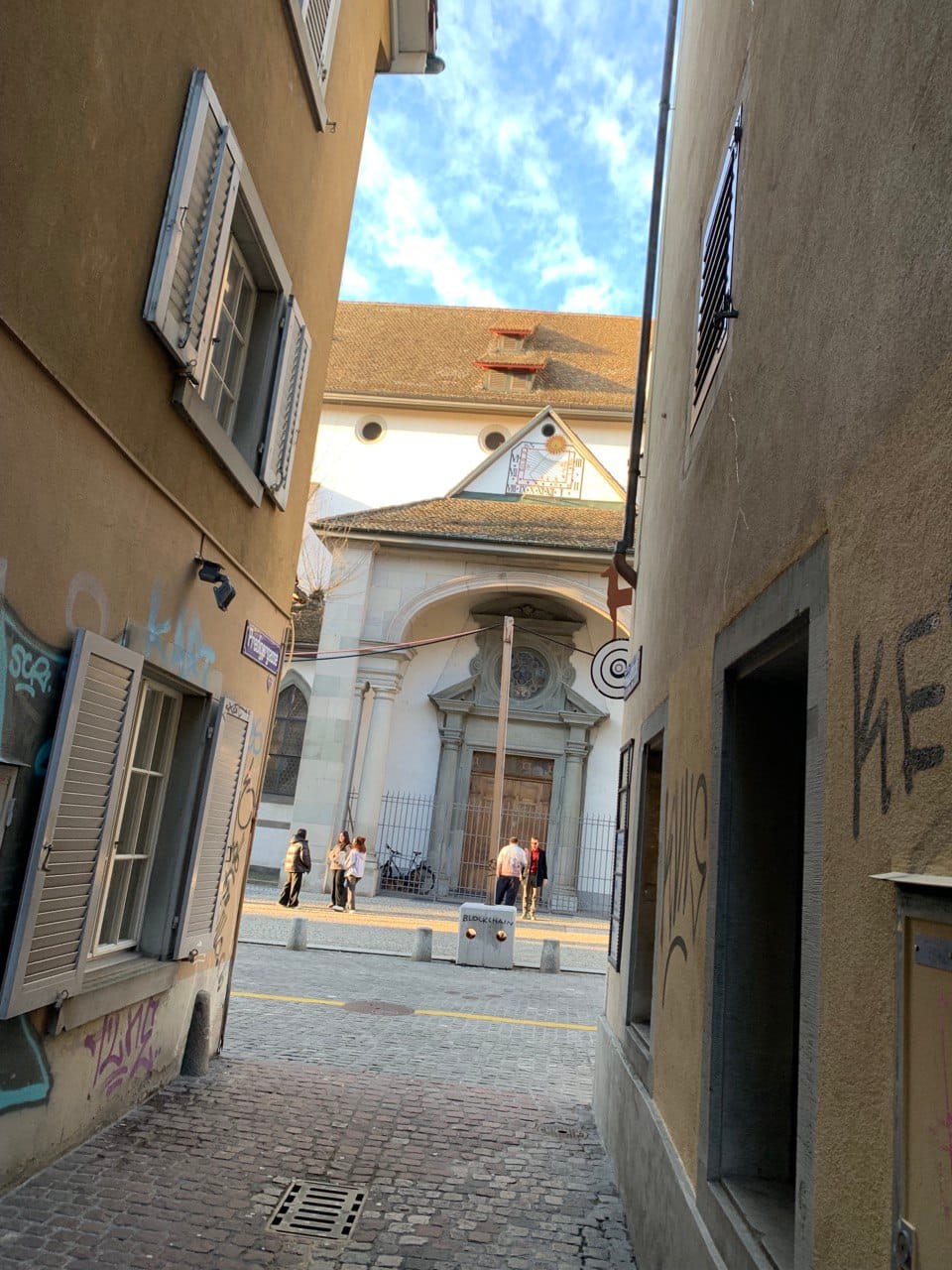
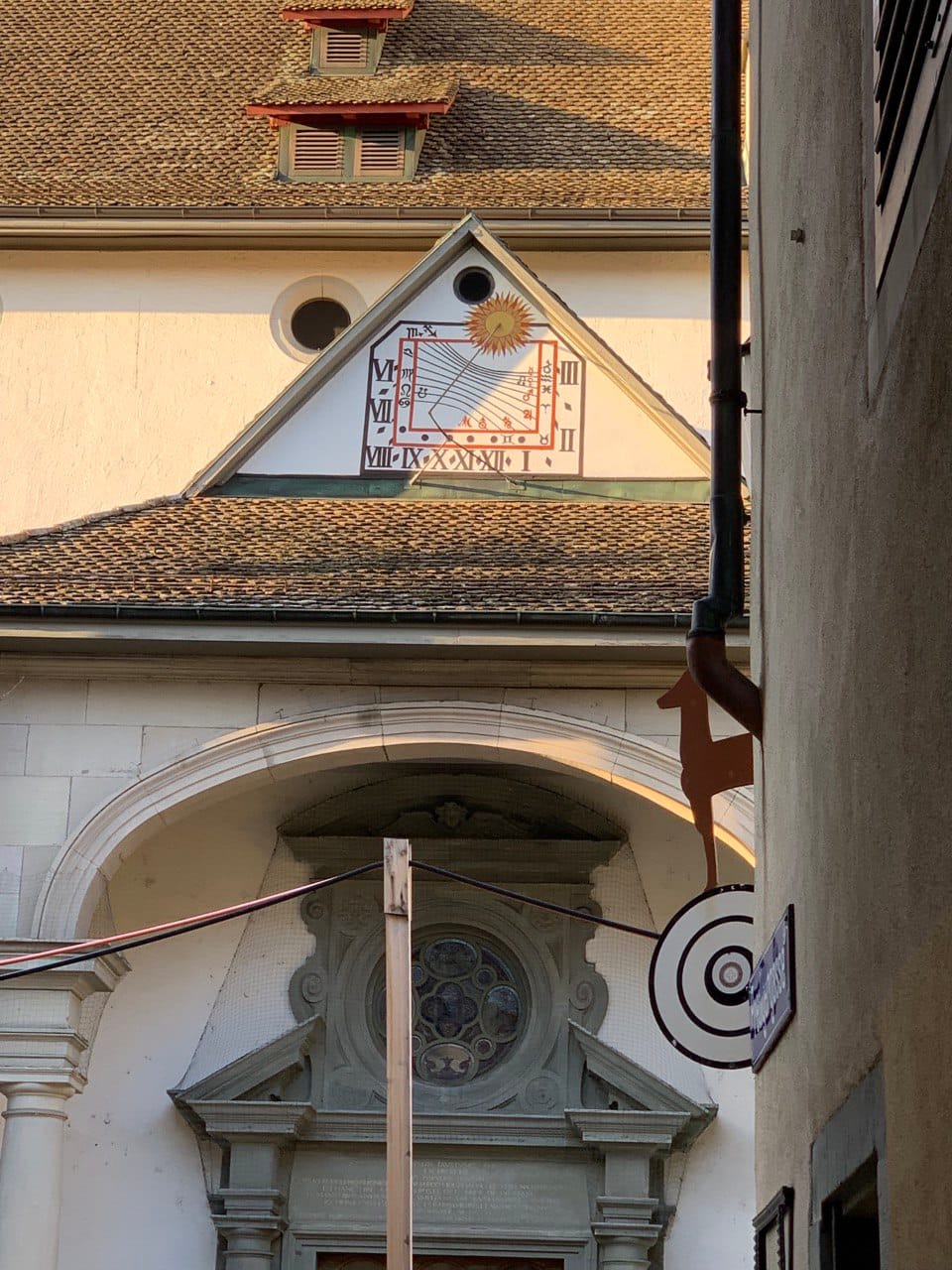
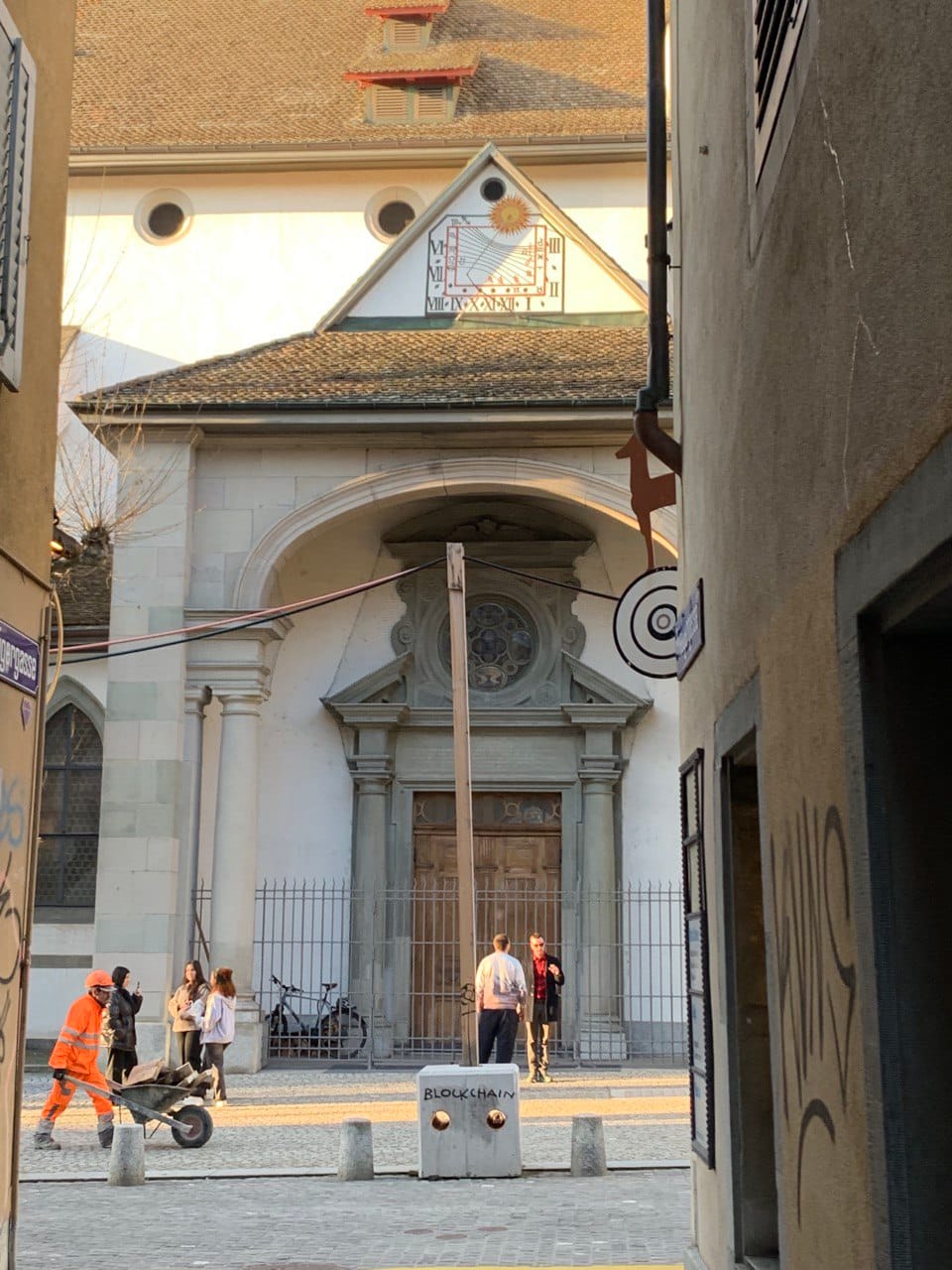

charles blass
Doug Engelbart’s 100th year
by Peter Kaminski
Karl Hebenstreit convened a small group on January 30th, Doug Engelbart’s 99th birthday, to talk about Doug and the impacts his work had on us, and to kick off a year of activities culminating in a celebration of Doug’s 100th birthday next year. If you’d like to get involved, email me so I can put you in touch with Karl.
Douglas Engelbart (1925-2013) was a pioneer in human-computer interaction and harnessing collective human intelligence. Much of the way we use computers today (both laptops/desktops and their small cousins we call smartphones) can be traced directly back to Doug and his team’s work back in the 1960s, and there is still more to do to adapt and implement Doug’s ideas about augmenting collective human intellect.
Karl put together a YouTube playlist with more from and about Doug: Doug Engelbart’s 100th year (January 31st, 2024 - January 30th, 2025)
charles blass
Portrait of a First Truck
by Todd Hoskins
I sold my old 2010 Toyota Tundra this past week. She was my first truck. If you would have asked me ten years ago about owning a pickup, I would have laughed, especially if I knew it had a 5.7 liter V8 engine.
My adult life involved more public transportation than trucking around, living in large cities until 2016. Even when I moved to a rural area, I had my suspicions about people with trucks. What type of insecurities would lead to large payload capacities and large engines?
In the country, it didn’t take long to develop a need for something with hauling capacity, whether it was aged horse manure for the garden or buying an oven off Craigslist. It started with borrowing a friend’s truck. Then when we bought property that was more wilderness with dirt roads and logging paths, we finally said yes and I found the Tundra for sale eighty miles away.
She was more truck than we needed, but I liked that we had the option of pulling a full size trailer in the future, or that we could attach a snowplow. I didn’t need to worry about what she could do. The answer was likely, “yes.” Plus, she was relatively old with a lot of miles but not too many. I didn’t need to worry about scratches or rust or keeping the interior spotless.
I started to develop a relationship with this truck that I could not quite explain. When she drove twenty miles across an old truck trail in the Upper Peninsula of Michigan, she took a beating. Rocks, steep grades, and water were traversed with ease. Truck trails, I learned, were built during the New Deal era by the Civilian Conservation Corps. They are common in rural areas where there is an abundance of government land, and now I wish there were more of them.
The Tundra pulled out shrubs, carried appliances, transported firewood, towed a tractor on a flatbed, and did so much more than get me from one place to another. She was dependable. Useful. Tireless. I started to realize I was bonding with a machine. I cannot imagine how attached people must be to their working horses.
Her last mission was escorting 1,500 pounds of rocks 500 miles. She now has a grand new home where her people have 100+ acres and countless projects. She’ll be much happier than waiting idly in a garage.
I don’t judge people with trucks anymore.
charles blass
Flowers and Balloons
by Ken Homer
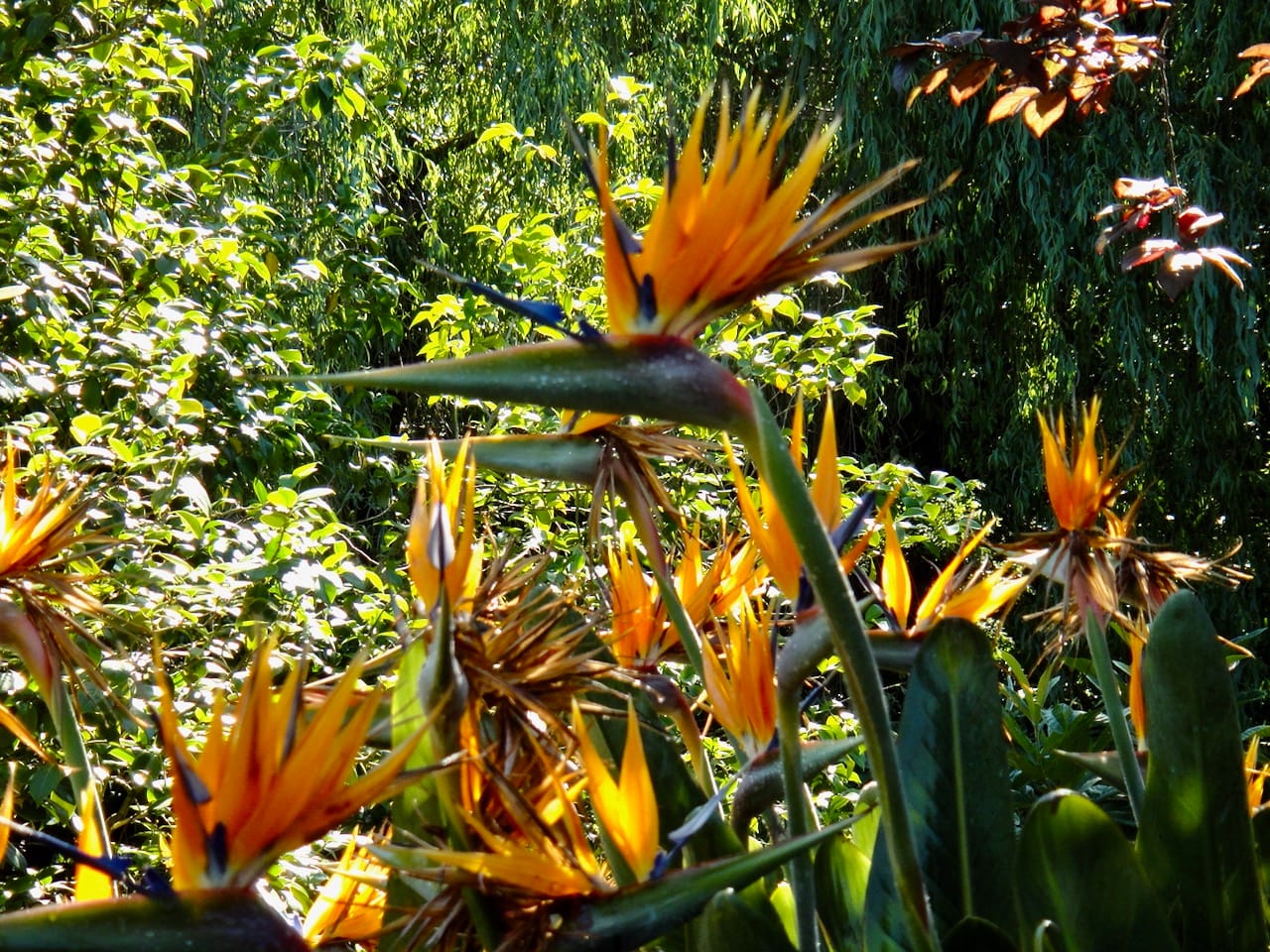
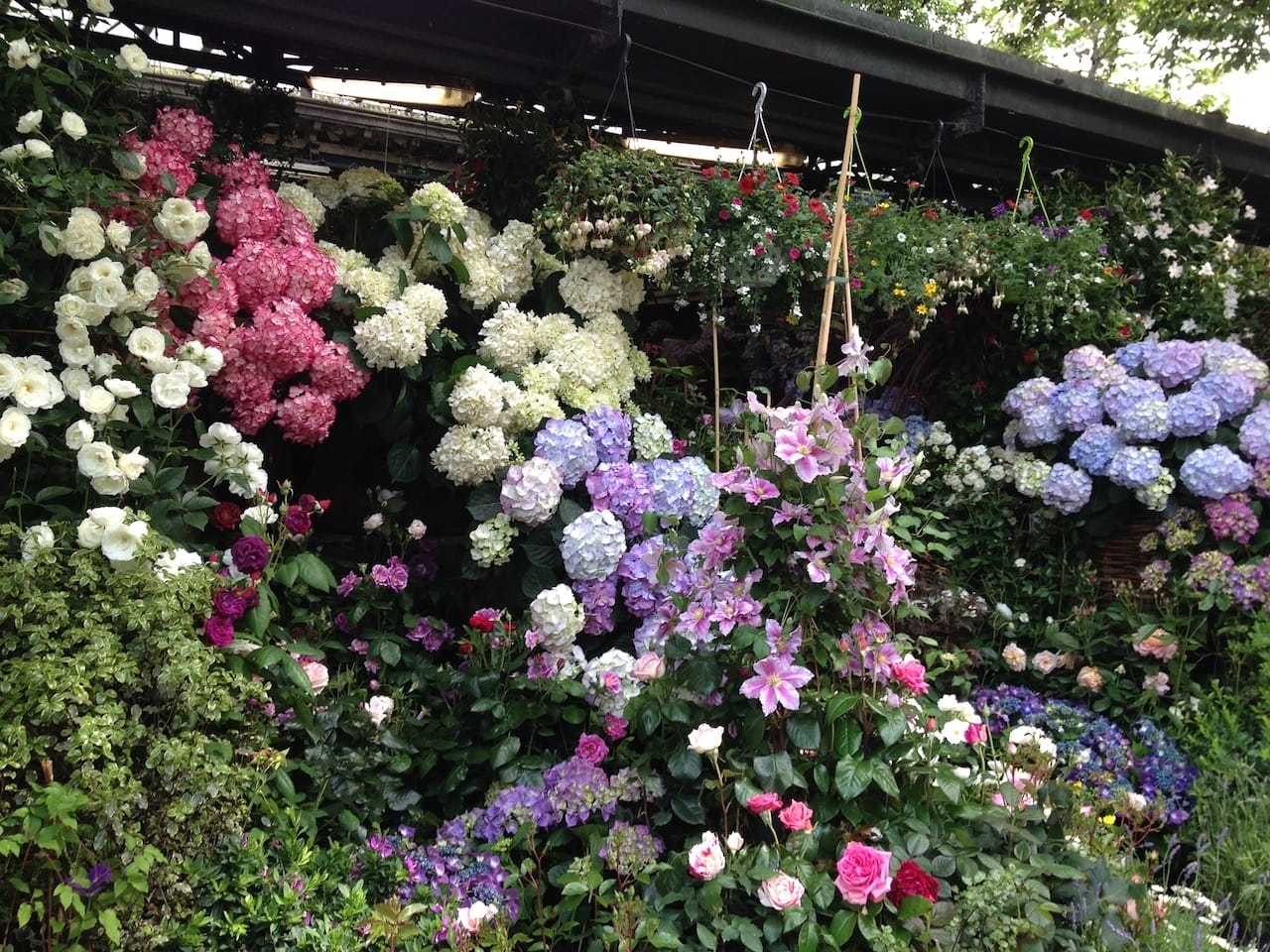
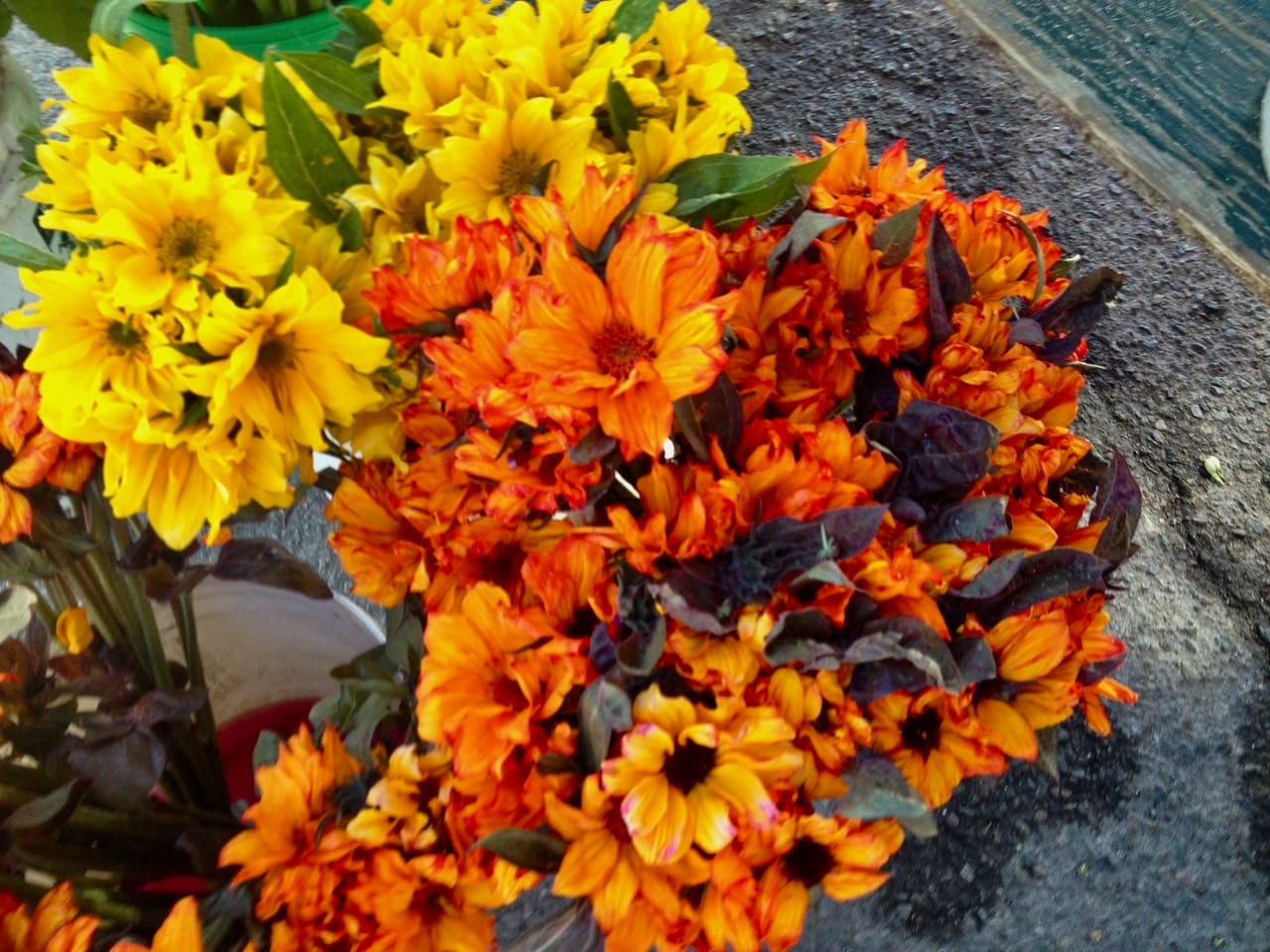
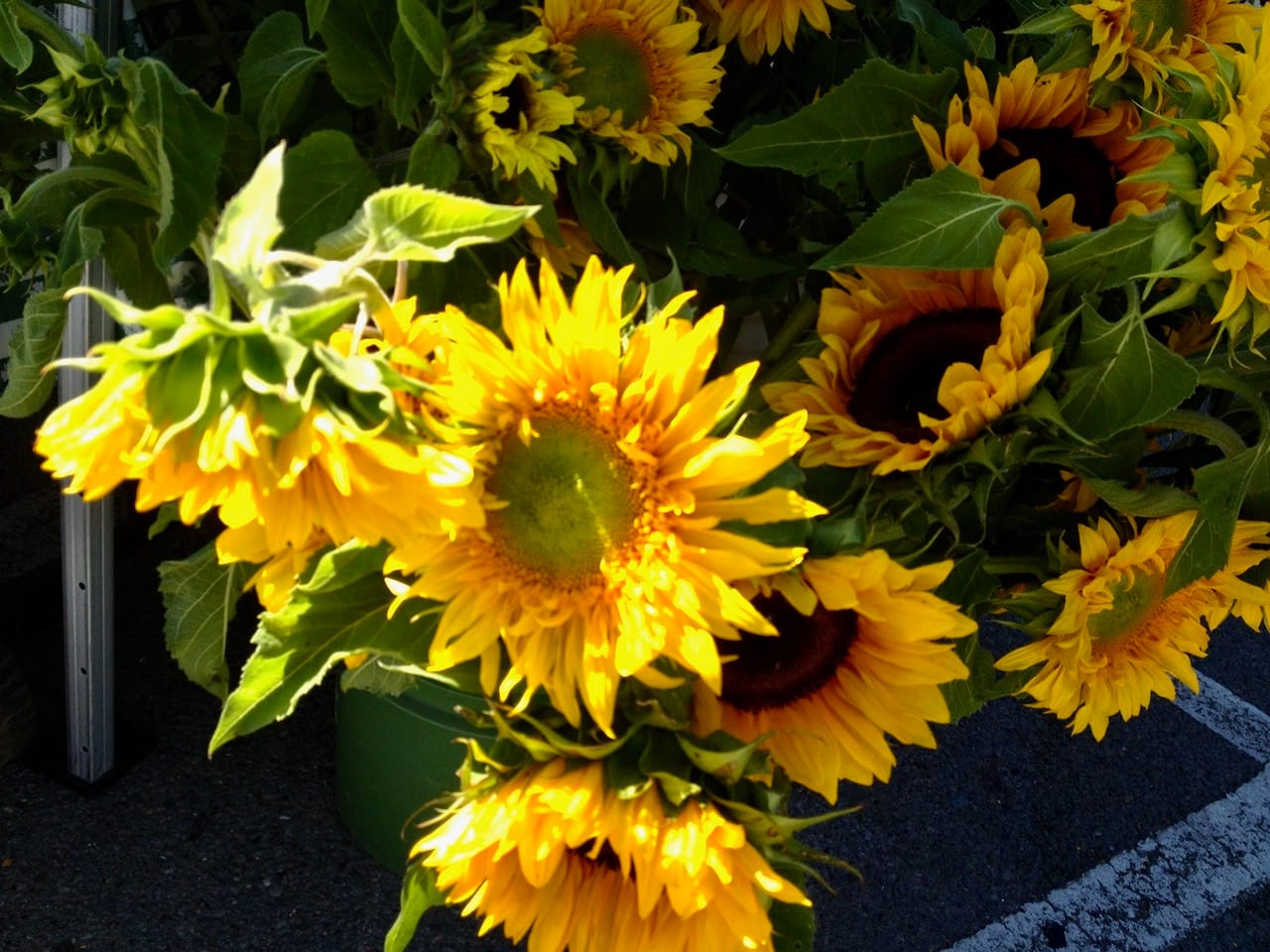
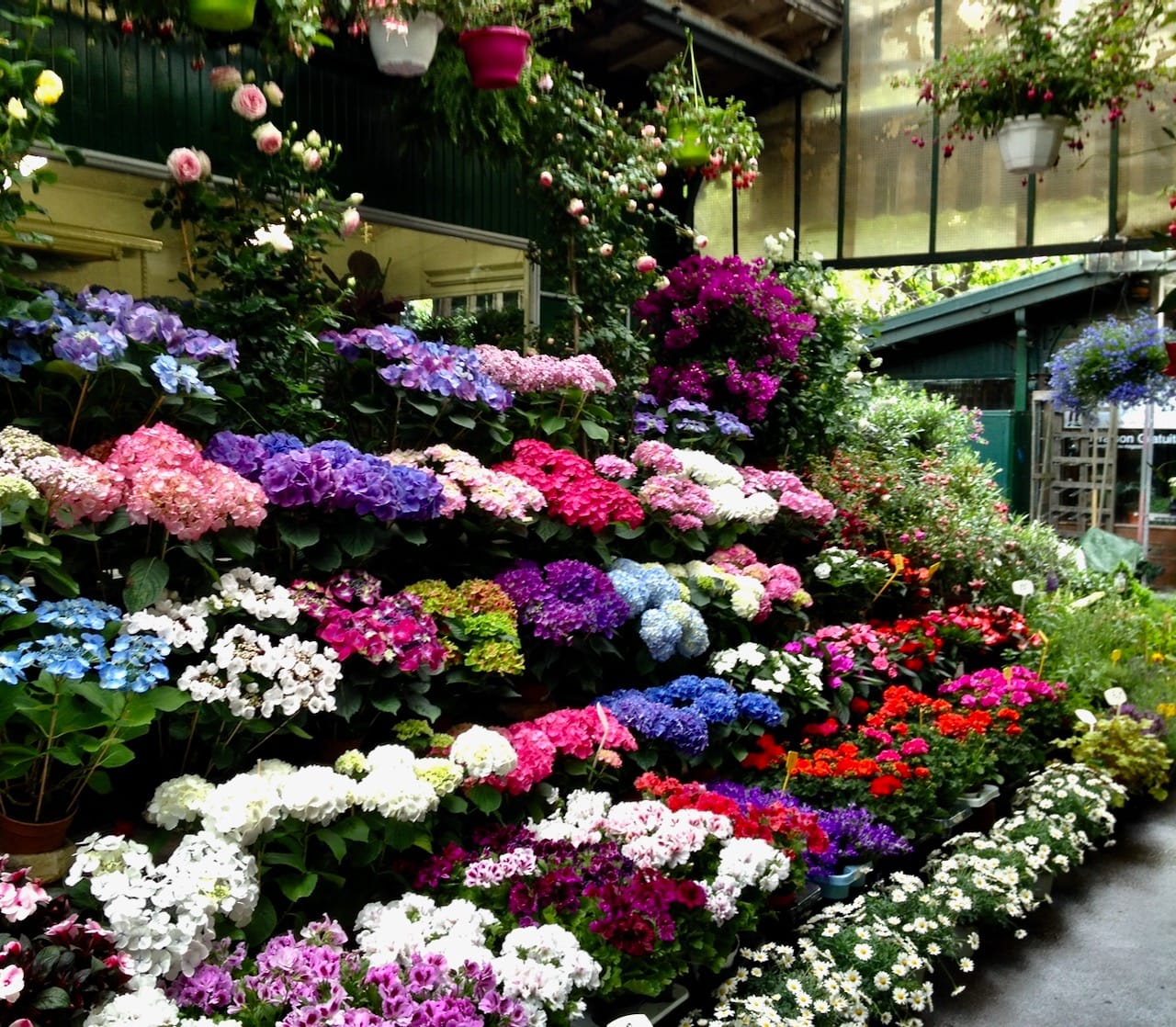
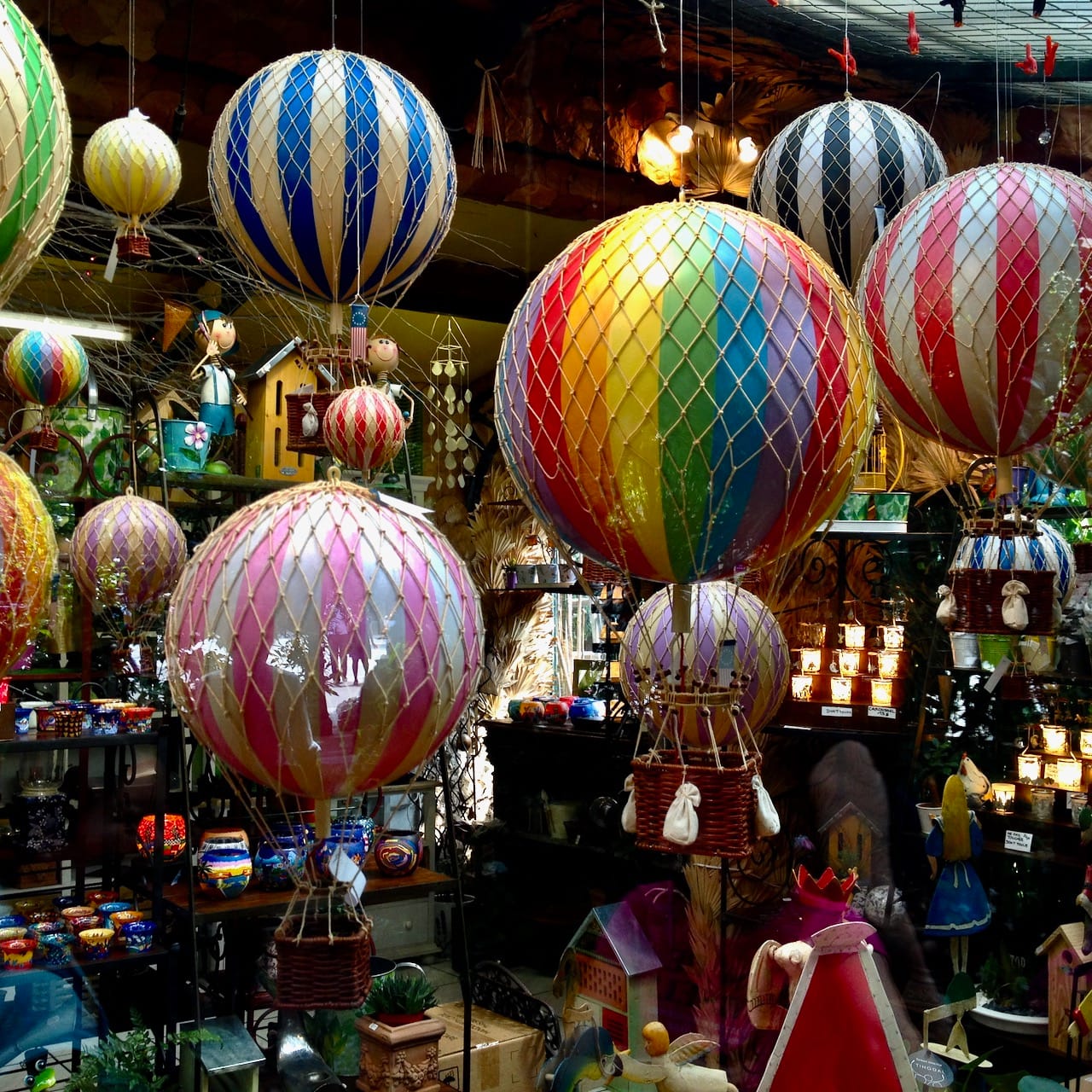
At a Parisian flower market
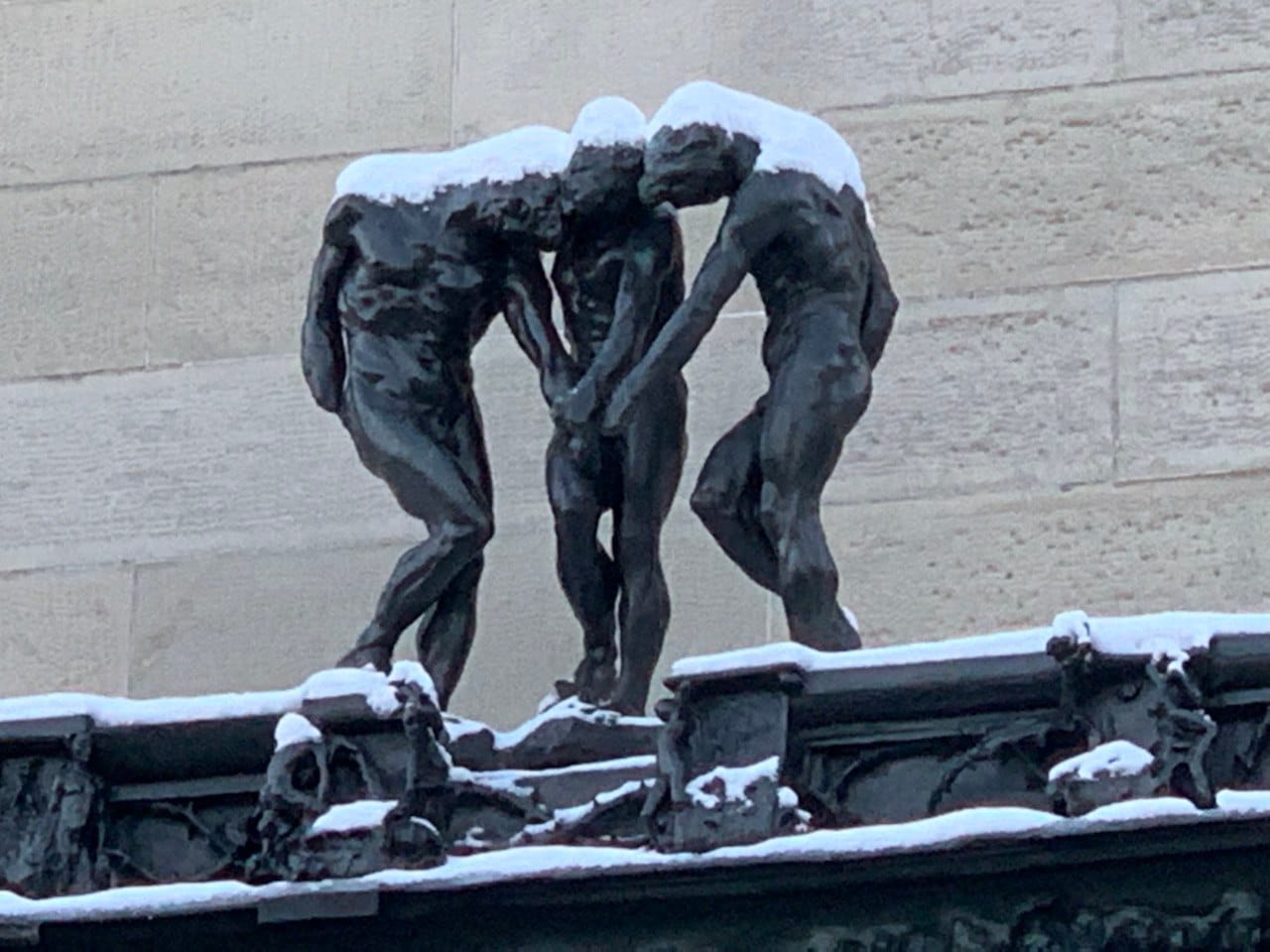
Meeting my death – 1994
by Ken Homer • Jan 2024
The August sun was baking the scenery in the redwoods of northern California. About 80 of us had gathered at a former Boy Scout camp in Mendocino County for “Deep Ecology Summer School.” We were all milling about on a large open field waiting for the session to begin. Leading today’s exercises was faculty member Joanna Macy.
“Look around and find someone you’d like to work with and go introduce yourself to that person,” Joanna instructed us. I was immediately drawn to a young woman with prominent cheekbones, a dazzling smile, and long dark hair. We made eye contact and moved toward each other. Her name was Cindy, and she was from San Francisco. We chatted amiably as we waited for additional instructions. Both of us were shocked by what came next
“Your partner represents your death. In a minute you’ll all start to walk randomly around the field while trying to avoid eye contact with your partner. Stay within the boundaries of the field. At some point, you will inevitably make eye contact and when you do, sit down together, and talk about what is like to meet your death. Any questions?”
There were none.
“Okay, start walking.”
We all began to wander around the field studiously turning away whenever our partners came into line of sight. My mind was racing and my stomach churning. My death? Seriously? I was in my 30s, the thought of death filled me with dread and this lovely woman was going to be my death! My internal state contrasted sharply with the outer calm of that peaceful summer day.
As I recall, I walked around the field for about half an hour. I watched as other pairs came together and sat down. I noticed how animated their conversations were and I wondered what Cindy and I would say to each other when the time came. She came into my line-of-sight numerous times, but we always managed to avoid eye contact until we were one of just a handful of couples still walking around. Inevitably we looked at each other and slowly moved together to sit on the warm grass.
My stomach fluttered as we sat down but then I began to think, hmm… this isn’t so bad. If this is what death looks like, well things could certainly be worse! We looked at each other, it was clear neither of us wanted to speak first. After a few minutes, I asked, “How is this for you?” She looked thoughtful and answered, “Less scary than I anticipated. As I was walking, I kept thinking to myself, I really don’t want to face my death. But now that we’re here, I realize it’s not what I thought it would be. You have kind eyes. I always thought death would look at me with cruel menacing eyes. In an odd way, this is actually quite comforting. It’s quite unexpected really. How about you?”
“Wow! That is so close to my own experience! I was feeling so uneasy as I walked around, and I did all that I could not to make eye contact with you. The whole time I was nearly terrified to face you. But as you said, now that we are here, it’s not bad at all. I feel like a big weight has been lifted from me. I know that at some point death will come for me, but now I think I can greet it as a friend. I don’t have nearly the same fear of death that I did at the start of this exercise. Frankly, it’s kind of amazing.”
“Yes, exactly!”
We continued to talk for a while longer, exploring our feelings and experiences about death – she had not had anyone significant in her life die, whereas I had lost both parents, all of my aunts and uncles, and a few friends around my age. Before we knew it Joanna called us all together to debrief the process. We were surprised to learn that virtually everyone reported some variation on the conversation that Cindy and I had had. We all started off with fear and anxiety and then when we met our death face-to-face and talked with our death, we each found that death is not nearly as fearsome as we had anticipated.
It’s coming up on thirty years since that summer day. I know that death is much closer to me now than it was back then. Though in truth, death is always just one breath away so, “closer” here refers not to physical proximity but to time. I’ve thought of that exercise many times over the years and lately thoughts of death show up for me far more frequently than in my younger years.
I find myself appreciating life far more than I used to. The explosion of flavor on my tongue when I bite into a ripe strawberry, the warmth and affection I feel when petting a dog or a cat, the beauty of the lines in a aged and weatherworn face, the comforting presence of old friends, the desire to bless young people, to wish them well on their journey, for their future will surely be filled with far more peril than the time I’ve lived through, the satisfaction I derive from tending my garden, the love that endures after 34 years with my wife, the release that laughter brings when I hear a good joke, the pleasure of walking in nature, the gratitude that comes from forgiving those whom I judge as having wronged me and living my life with fewer burdens than I carried formerly.
Of course, I would like to keep going for as long as I have my health and my marbles and can be of use to the world. At the same time, I no longer have any fear of death. I think Whitman had it right, “To die is different from what anyone supposes, and luckier.” I know that when death comes for me, it will be like meeting an old friend, someone who has accompanied me every day of my life. Someone has witnessed with a compassionate eye and a tender heart all my joys and all my sorrows, all my triumphs and all my failures, all my brilliance and all my shadows. Someone who will take my hand and guide me down a new path of mystery. And who knows? Maybe she’ll be a lovely young woman come to take me home again.
charles blass
Thank you for reading! The next edition will be published on 21 February 2024. Email Pete with suggested submissions.
Grateful appreciation and many thanks to Charles Blass, Ken Homer, Todd Hoskins, Kevin Jones, and Stewart Levine for their kind contributions to this issue.